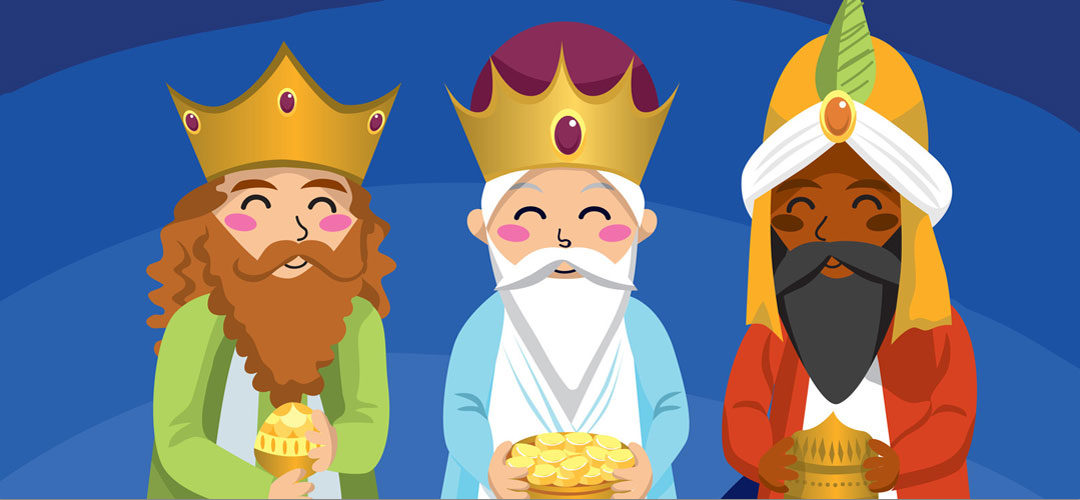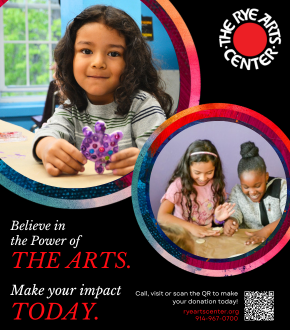Along with Santa Claus, the arrival of the Three Kings is one of the most anticipated celebrations in many countries of the world and especially in Latin America.
By Rocío Vallejo
Every January 6th, the same ritual is repeated in many homes around the world. There are different traditions according to the country, but the same excitement for the children who celebrate it.
According to the Gospel of St. Matthew, the Three Kings Balthasar, Melchior, and Gaspar were guided by a bright star on their camels to worship and bring gifts to the newborn Jesus. This is the origin of a Christian tradition which has been transmitted from century to century and today is celebrated by
many families around the world.
Specifically in Latin America, the arrival of the Three Kings is a very popular event. In countries like Argentina, Uruguary, Venezuela and Puerto Rico, the children leave their shoes near the Christmas tree, as well as a container full of grass and another with water to feed the camels with which the Kings travel. The next morning, children find gifts left by the Kings as well as the eaten grass and empty water container.
Although the youngest family members are the main focus, in some countries like Mexico and Bolivia, there are also parades with picturesque floats, music, and people disguised as the Three Kings, passing out gifts and candies.
The whole Latin American family participates in this pleasant celebration where they usually eat the typical “Three Kings Cake,” a sweet bread adorned with dry fruits that has circular form and commemorates the encounter of the Three Kings with the baby Jesus.
Junto a Papá Noel, la llegada de los Reyes Magos es una de las celebraciones más esperadas en muchos países del mundo y sobre todo en Latinoamérica.
Cada 6 de enero, el mismo ritual se repite en muchos hogares del mundo. Con distintas tradiciones según el país, pero con las mismas ansias e ilusiones para los niños que lo festejan.
Según relata el evangelio de San Mateo, los tres Reyes Magos Baltasar, Melchor y Gaspar, fueron guiados por una estrella brillante en sus camellos para adorar y llevar regalos a Jesús recién nacido. Este es el origen de una tradición cristiana, que siglo tras siglo se ha ido transmitiendo y hoy es celebrada por muchas familias alrededor del mundo.
En Latinoamérica particularmente, la llegada de los Reyes Magos es un acontecimiento muy popular. En países como Argentina, Uruguary, Venezuela y Puerto Rico, por nombrar algunos, los niños dejan la noche del 5 de enero sus zapatos en el árbol de Navidad y junto a ellos un recipiente lleno de pasto, que recogen durante el día, y otro con agua para alimentar a los camellos en los que viajan estos personajes. Al día siguiente, amanecen y encuentran que los camellos comieron el pasto y tomaron el agua, y además los regalos que los Reyes les trajeron especialmente.
Si bien los más pequeños de la familia son los grandes protagonistas en la celebración de este día, en algunos países como México y Bolivia se realizan también desfiles con pintorescas carrozas, música y gente disfrazada que acompaña a los tres Reyes regalando obsequios y dulces a los presentes.
Toda la familia latinoamericana participa de este grato momento en reuniones donde además, suelen comer la típica “rosca de reyes”, un pan de sabor dulce adornado con frutas secas cristalizadas que tiene forma circular y conmemora el encuentro de los Reyes Magos con el niño Jesús.





